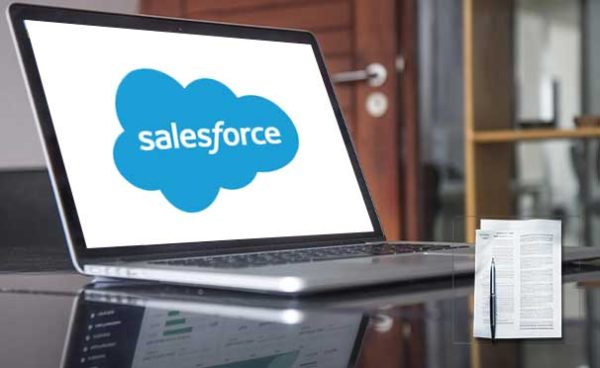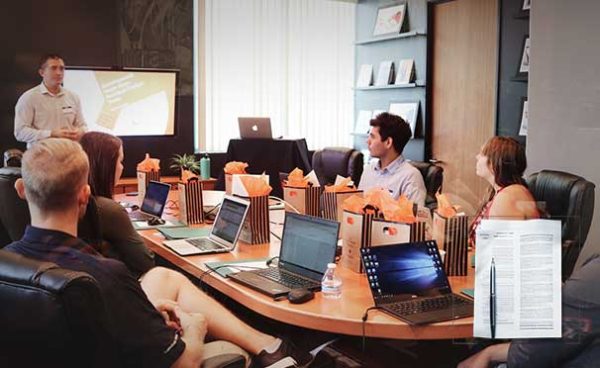Modernizing the Accounting Department with Business Information Systems
No Fee – $9.99
| Case ID: | A-GLO-20230816-1-V1 |
|---|---|
| License: | CC BY-NC-SA 4.0 |
| Pages | 5 pgs |
| Case Study Analysis | Not Included |
| Teaching Notes | Available |
| Ai Level | Content co-authored with the OpenAI API |
| Category(s) | Accounting: 10/10 |
Midway Financials, a renowned accounting firm in the bustling city of Globex, is grappling with the urgent need for digital transformation in its traditional accounting systems. The case delves into the challenges and opportunities presented by the integration of modern business information systems. Jane Sullivan, the firm’s new CIO, spearheads the shift, addressing operational inefficiencies, data vulnerabilities, and competitive disadvantages. As competitors swiftly embrace technological innovations, Midway faces decisions regarding investments in ERP systems, cloud-based accounting, and AI. Alongside financial considerations, the case touches on the broader strategic implications for the firm and offers readers insights from both internal stakeholders and clients. Supplementary financial data and organizational details lend depth, allowing for a comprehensive analysis. This narrative serves as both a lens into Midway Financials’ crossroads and a reflection of the broader challenges many businesses face in today’s digital age.
Case Disciplines Rating:
- Accounting: 10/10 The primary theme revolves around an accounting firm's challenges and the need to modernize its accounting operations with Business Information Systems.
- Information Systems: 9/10 The central dilemma faced by Midway Financials is the integration of modern business information systems into its accounting practices.
- Strategy: 8/10 The decision-making involved, the strategic choices available, and the considerations for future positioning in the marketplace all align with this category.
- Finance: 7/10 Financial aspects such as ROI, cost analysis of the new systems, and the provided financial statements of the company make this relevant.
- General Management: 6/10 The narrative touches upon the management's role in steering the direction of the company and making pivotal operational decisions.
Weaknesses of This Case Structure:
- Realism: While the case aims to provide a realistic scenario, it may appear too neatly packaged. In real-world scenarios, dilemmas often come with multi-layered challenges, not just a singular problem like system modernization.
- Data Analysis: The financial data, though given, is limited. Inclusion of more granular data, such as breakdown of operational costs or industry benchmarking, would offer a deeper analytical angle.
- Length: At five pages, the case study might seem concise for the depth of analysis it aims to facilitate. Additional details or complications could enrich the narrative and foster deeper critical thinking.
- Storytelling: While the narrative is structured, it lacks the emotional depth that can captivate readers. Adding more personal insights, employee sentiments, or client feedback might enrich the storytelling.
- Impact: The conclusion could be expanded to delve into the wider implications of the decision on stakeholders, clients, and the company's market position.
Strengths of This Case Structure:
- Topical Relevance: The case aptly touches on the intersection of traditional accounting and modern information systems—a critical junction many firms face today.
- Clear Dilemma: The case presents a tangible problem with distinct possible solutions, offering readers a structured decision-making exercise.
- Diverse Stakeholder Perspectives: Comments from the CFO and a loyal client showcase different stakeholder viewpoints, enriching the analysis.
- Supplementary Data: The provision of financial statements, organizational chart, and process flowcharts aid in a more comprehensive evaluation of the firm's situation.
- Wide Applicability: The case is designed not just for students specializing in accounting or information systems but has elements that touch upon finance, strategy, and general management, making it versatile for various disciplines.





